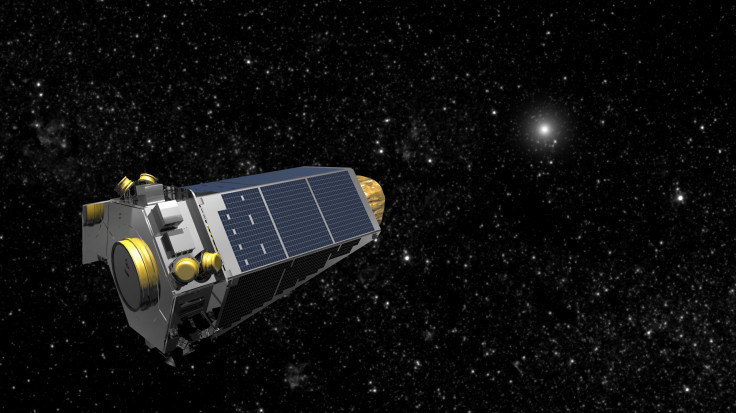NASA's Kepler telescope discovers youngest exoplanet; Path-breaking discovery to shed light on evolution of planets

A team of international researchers have discovered the youngest fully-formed exoplanet ever known. The exoplanet orbits a young star 500 light years from Earth. The astronomers were scanning the sky to detect distant worlds when they detected two of the youngest exoplanets ever discovered. Born around separate stars, the two worlds are only a few million years old. These two are infants when compared to our 4.6 billion-year-old solar system.
The findings have been described in two separate studies by different teams in the journal Nature. One of the studies talks about the younger of the two planets that orbits a star named V830 Tau. It is about 430 light years away. The star is very young, possibly only two million years old. The planet circles the star in just 4.9 days. According to the researchers, it holds around 77 percent of the mass of Jupiter.
The findings of the two studies may provide insights into development of gas giants such as “hot Jupiters” and evolution of their planetary systems. Planets are formed out of the dust and gas that surround nascent stars. They eventually coalesce into asteroids, comets, gas giants, rocky bodies and other such celestial objects. Scientists believe that just like there are various kinds of stars, there must be different variety of worlds that don’t feature in our own Solar System.
The second study, also published in journal Nature, talks about a second planet, K2-33b, which takes 5.4 days to circle its star. It is situated in the “Upper Scorpius” region of the sky. It is the youngest fully formed exoplanet ever detected. When compared to planets in our Solar System, K2-33b resembles Neptune.
Dr. Sasha Hinkley of the University of Exeter, Senior Lecturer in Astrophysics and Astronomy, and colleagues believe that the planet is only five to 10 million years old. The research team hopes that the path-breaking discovery will help in greater understanding of processes involved behind evolution of planets across the galaxy. The exoplanet was discovered by NASA’s Kepler space telescope.
Hinkley expressed his desire to know whether this planet formed at its present location or farther away from the star and then gradually closed in.
“This is a crucial development, as it will give us the opportunity to discover a more in depth understanding of the life cycle of planetary systems. In the same way that a person's development is more easily understood if you can study them from being a baby, through childhood and into adulthood, so our understanding of the planets will only increase by learning more about them during their early existence,” Hinkley said in a press release.





















